| |
|

|
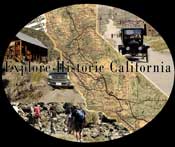
|
CERRO
GORDO UPDATE |
|
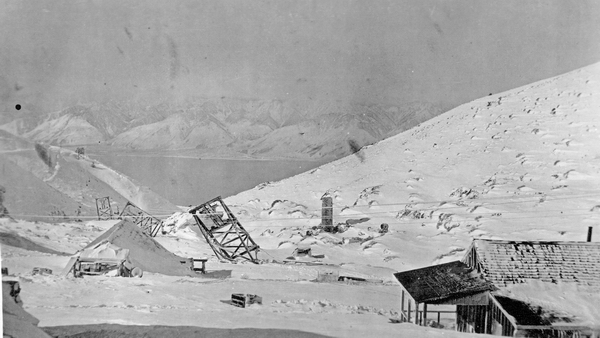 |
|
Cerro Gordo is again
open to day visitors, road and weather conditions
permitting.
Please phone
(760-876-5030) for current conditions before venturing out!
A caretaker is living
on on the site and visitors must check in before venturing
around the ghost town.
No supplies or accommodations are available at Cerro Gordo and
visitors should bring plenty of drinking water and haul out their
own trash. The dirt road from Keeler to Cerro Gordo is a steep,
eight mile ascent. Four wheel drive is not usually required, but
vehicles should have adequate ground clearance.
Phone 760-876-5030 for current
information or contact us through email at:
 |
|
|
NEW
CERRO GORDO BOOK ! |
|
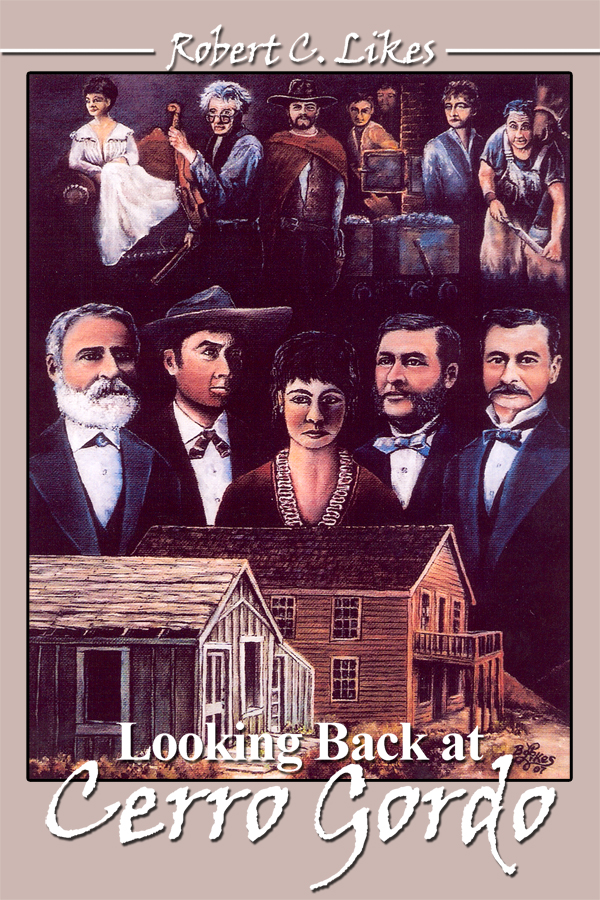 |
|
Robert C. Likes,
co-author of
From This Mountain--Cerro Gordo,
has completed a second book about Cerro Gordo.
Click on the
cover image (above) to learn more.
This is a
story of a generation that sought its own self-identity in a
world that suddenly became more complicated with an
uncertain future and values.
This epic
journey was staged on desert mountains, on steamboats
carrying silver bullion across a desert lake, and on a
freighting trail that traversed 200 miles of inhospitable
desert. |
|
|
 |
|
 |
|
Mules can
taste the difference--so can you |
|
|
DISCOVERING BODIE
A new book
by Nick Garieff |
 |
|
Discovering Bodie tells stories about twenty
residents of the High Sierra ghost town of Bodie,
California. Included are a selection of the author's black
and white photographs presented as duochromes of buildings
or artifacts relating to the residents lives.
The
story of Eli and Lottie Johl is an example of new
revelations this book uncovers.
Published 2010
by Nick Gariaeff, Gilroy, CA.
80 pages including 64 photographs.
8 1/2 inch square perfect bound
ISBN 978-0-9843634
Click on the book cover
above to go to discoveringbodie.com |
|
|
LOGO T Shirts Available
 |
|
Explore Historic California with our logo depicting the
California backcountry and its rich history both true and
farce. |
|
We now offer
shirts, sweats, jerseys and cups with our logo. |
|
Click the shirt for details! |
|
|
|
 |
 |
|
Friends
of Last Chance Canyon is a new organization interested in
sustaining and protecting areas within the El Paso
Mountains, near Ridgecrest, California. The main focus is
preserving and protecting historic sites like Burro
Schmidt's tunnel and the Walt Bickel Camp.
Please click
on either logo to visit the FLCC site. |
|
|
We
support |
|
 |
|
|

Bodie Foundation
"Protecting Bodie's Future by Preserving Its Past |
|
|
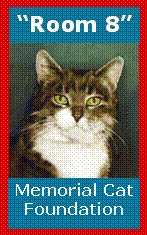 |
|
|
|
Click on Room 8's
photo or phone
951-361-2205
for more information. |
|
|
 |
|
The Panamint Breeze is a newsletter for people who
love the rough and rugged deserts and mountains of
California and beyond.
Published by Ruth and Emmett Harder, it is for people who
are interested in the history of mining in the western
states; and the people who had the fortitude to withstand
the harsh elements.
It contains stories of the past and the present; stories of
mining towns and the colorful residents who lived in them;
and of present day adventurers.
Subscriptions are $20 per year (published quarterly –
March, June, September & December) Subscriptions outside the
USA are $25 per year. All previous issues are available.
Gift certificates are available also.
To subscribe mail check (made payable to Real Adventure
Publishing) along with name, address, phone number & e-mail
address to: Real Adventure Publishing, 18201 Muriel Avenue,
San Bernardino, CA 92407.
For more information about the
Panamint Breeze e-mail Ruth at: echco@msn.com |
|
|
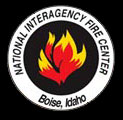 |
|
It's always FIRE
SEASON! Click the NIFC logo above to see what's burning. |
|
|
 |
|
Visit Michael
Piatt's site,
www.bodiehistory.com, for the truth behind some of
Bodie's myths. |
|
|
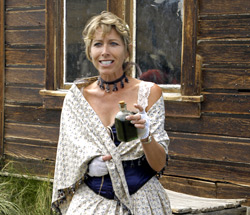 |
|
Terri
Geissinger is a Bodie area Historian, Guide and Chautauquan.
A long time resident who lives in Bodie and Smith Valley,
she is dedicated to preserving stories of the pioneer
families, miners, ranchers and teamsters. Click the photo
for information on her tours with the Bodie Foundation. |
|
|

Credo Quia Absurdum |
|
Explore Historic California! |
|
Not too many years ago, the family station wagon was the
magic carpet to adventure. Today, that family station wagon is likely to
be a four wheel drive sport utility vehicle or pick up truck. SUV's and
other 4x4's are one of the best selling classes of vehicles. Ironically,
industry statistics show that once purchased, few owners will dare to
drive their vehicles off the paved highway.
Click your mouse through
the
website and enjoy our armchair adventures and the histories behind them.
|
|
Theodore P.
Lukens
The Father of
Forestry
by Cecile Page Vargo |
Mount
Lukens, at an elevation of 5,074 feet, is the highest point
within the City of Los Angeles. It towers over our local
foothill valleys,. The mountain was originally dubbed
"Sister Else Peak" by the 1874 U.S. Army’s Wheeler Survey,
in memory of a Roman Catholic nun who ran El Rancho de Dos
Hermanas, an orphanage for Indian children.
|
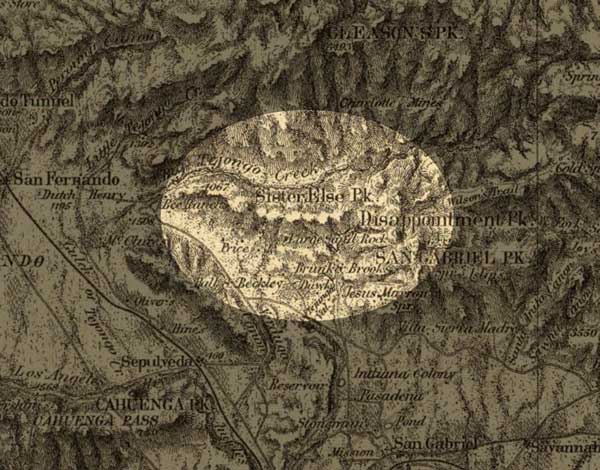 |
|
Sister
Else Peak is highlighted in the center of this 1883
map from the U. S. Army Corps of Engineers under the
command of Lt. George M. Wheeler.
Courtesy David Rumsey Historical Map Collection |
Although it has been said that Sister Elsie was well known
and much loved for her good deeds and acts of kindness,
there has never been any official documentation to prove
that she actually existed. The Forest Service changed the
name to its more modern version, Mount Lukens, in the late
1920’s in honor of a former Angeles National Forest
supervisor, and Pasadena mayor by the name of Theodore P.
Lukens. However, the peak retains its original name by long
time residents of Sunland/Tujunga and surrounding
communities.
Fires were a constant threat to Mount Lukens and the San
Gabriel Mountains even more so in the early days, than
today. From 1923 – 1937, the peak was the site of a Forest
Service fire. Before the lookout was built, great fires in
the years of 1896 and 1900 in the Big and Little Santa Anita
Canyons denuded the mountains all the way to the head of the
Big Tujunga. Lukens earned his claim to fame through his
restoration work at the Henniger Flats (near Mt. Wilson)
experimental forest nursery.
Lukens was an early day believer in reforestation and
experiments with groves of ponderosa, Coulter and knob cone
pines at Henniger, leading to the eventual planting of
65,000 pine seeds on mountain slopes above Pasadena as early
as 1899. By 1903, Lukens and a crew of six men, constructed
buildings, irrigation pipe, and pine seedlings in government
sponsored reforestation.
|
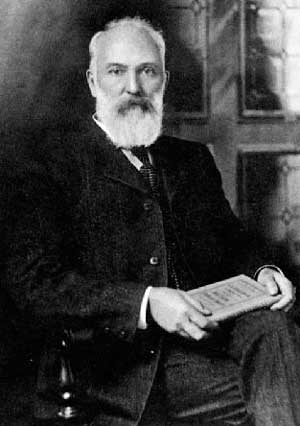 |
|
Theodore P. Lukens circa 1910. |
The following year, 250,000 young trees grew on the flats
and ridges. Between 1905, and 1908, when the nursery shut
down, thousands of seedlings were transplanted along the
charred hills of the San Gabriel and San Bernardino
mountains.
In 1906 Lukens reforestation work came to an end. In
January when he was appointed acting supervisor of the San
Gabriel Forest Reserve. Lukens was a “doer” and self-made
man, who didn’t always follow the proper channels to achieve
his goals.
This found him at odds with his Washington superiors. His
service ended within six months, when he was removed from
office and sent to a “special reforestation work”
assignment. The controversy surrounding this, created deep
wounds which were never healed, and Lukens resigned from the
Division of Forestry within a month’s time. His beloved
project at Henniger Flats was abandoned and shut down after
two years, citing lack of a good wagon road and water
expenses as the reason.
Theodore Lukens died in 1918, his ambitions in the Forest
Service hierarchy somewhat of a failure. His seeding and
reforestation efforts lived on, and his name immortalized in
a nearby mountain. His biographer, Shirley Sargent says it
best in her book Theodore Lukens: Father of Forestry.
“Reforestation was no longer just Lukens' dream; it was
everyone’s reality…Lukens’ work with seed collecting and
tree planting was observed and followed by foresters and
conservationists in many national forests, other states and
foreign countries. Inevitably he gained the title ‘Father of
Forestry’.”
|
|
|
|
The Colorful
Characters
of Early Big
Tujunga Canyon
by Cecile Page Vargo |
When Rancho Tujunga land grant owner, Fernando Lopez,
discovered gold flakes in Placerita Canyon, white men flocked to
the San Gabriel Mountains to see if they could strike it rich.
Along with the miners, came the earliest white settlers of Big
Tujunga Canyon, in our own neck of the woods. Among the earliest
to arrive and settle were the Bilderbeck brothers.
The Bilderbeck’s built a rustic cabin in the lower canyon
sometime in the 1860’s. By January of 1871, the headlines of the
Los Angeles Star reported the sad demise of the brothers
at the hands of a Southern California bandit known as “Buckskin
Bill”. June that same year a posse discovered “Buckskin” in Baja
California, and put a quick end to his long crime spree.
Pedro Ybarra was an early miner and homesteader. As early
as 1867 he filed a water claim and took up residence in a small
cabin several years later, just east of the mouth of Trail
Canyon. Vineyard and fruit orchards were planted, and the Ybarra
Ranch grew. Sons, Jose, Frank and Cruz managed the property for
more than 60 years.
Around 1883, Silas Hoyt arrived. He settled at the mouth of
Vasquez Canyon. Stones and logs were collected to form a crude
cabin. A big grey horse named Beelzebub was his companion, and
was used for work around the property. Hoyt was a loner, and
disliked the city. On rare occasion he would hitch Beelzebub to
a wagon and head to town. Beelzebub also was used to pull whole
tree trunks for the cabin fireplace. Once the logs were drawn to
the cabin, Hoyt would roll and pull them through the front door
as they burned off in the fire.
Well known Los Angeles Times artist, Lon Chapin,
came to the Hoyt Homestead in 1900. He made a deal with the old
man to keep up the road and keep him in supplies in exchange for
property for a weekend retreat. This retreat became a popular
shady retreat for many. Hoyt, ever the reclusive, continued to
live on his property and was a familiar sight in the canyon
until he was too feeble to be by himself and was moved to a city
hospital in 1912.
Hoyt had become an eccentric old man, with bad eye sight
from his overgrown eyebrows, and all the wood smoke from his
cabin fires. Another canyon resident, Dr. Homer A. Hansen was
credited for saving his eyesight. Silas Hoyt lived to be 97
years old and died in 1925.
Dr. Hansen originally visited Big Tujunga as a teenager in
1892. Upon his return as a young physician a few years later, he
enjoyed camping spots in the shade of the great oak and spruce
trees that dotted the terrain. In the early 1900’s Hansen was
forced to retire to the canyon upon diagnosis of acute
inflammatory rheumatism.
With only a year to live, Dr. Hansen found the sunshine and
pure mountain environment therapeutic, and was fully recovered
by 1909. A claim was filed for 93 acres at just below the
present Big Tujunga Dam. Within a year he built a small cabin,
then built Hanson’s Lodge, which grew to be a popular spot with
politicians and celebrities from Southern California. The lodge
was complete with guest accommodations, stables, and swimming
pool. The flood of 1926 destroyed Hanson’s Lodge, but he rebuilt
it, only to have it destroyed again in 1938 by one of the
biggest floods to hit the area. All but stone fireplaces were
knocked down by the forces of nature.
The most colorful character in the canyon was “Barefoot
Tom” Lucas, who roamed the canyon and called it his home, as one
of the early-day rangers for the San Gabriel Timberland Reserve.
Lucas moved from camp to camp, hunting and patrolling the
mountains. His forte’ was grizzly bear tracking and killing.
“Barefoot Tom was hard to miss when he showed up with game to
trade for food and tobacco, dressed in home tanned deerskin,
with a waist long beard and single barrel shotgun at his side.
Following retirement from the Forest Service, Lucas worked at
the Ybarra Ranch. Tom Lucas Campground in Trail Canyon,
memorializes Lucas today.
|
|
|
|
|
|
|
|
|
|
|
|
|
